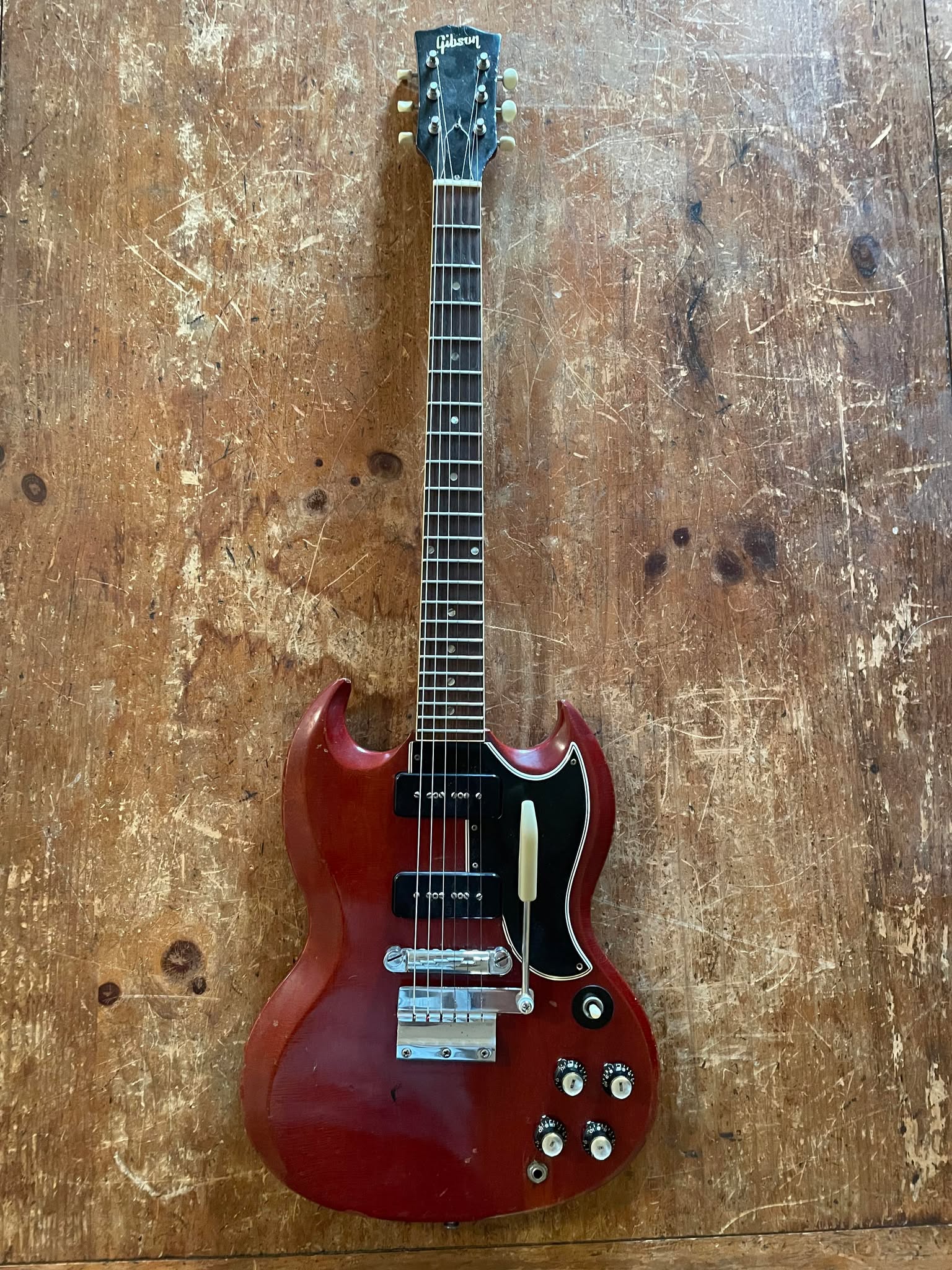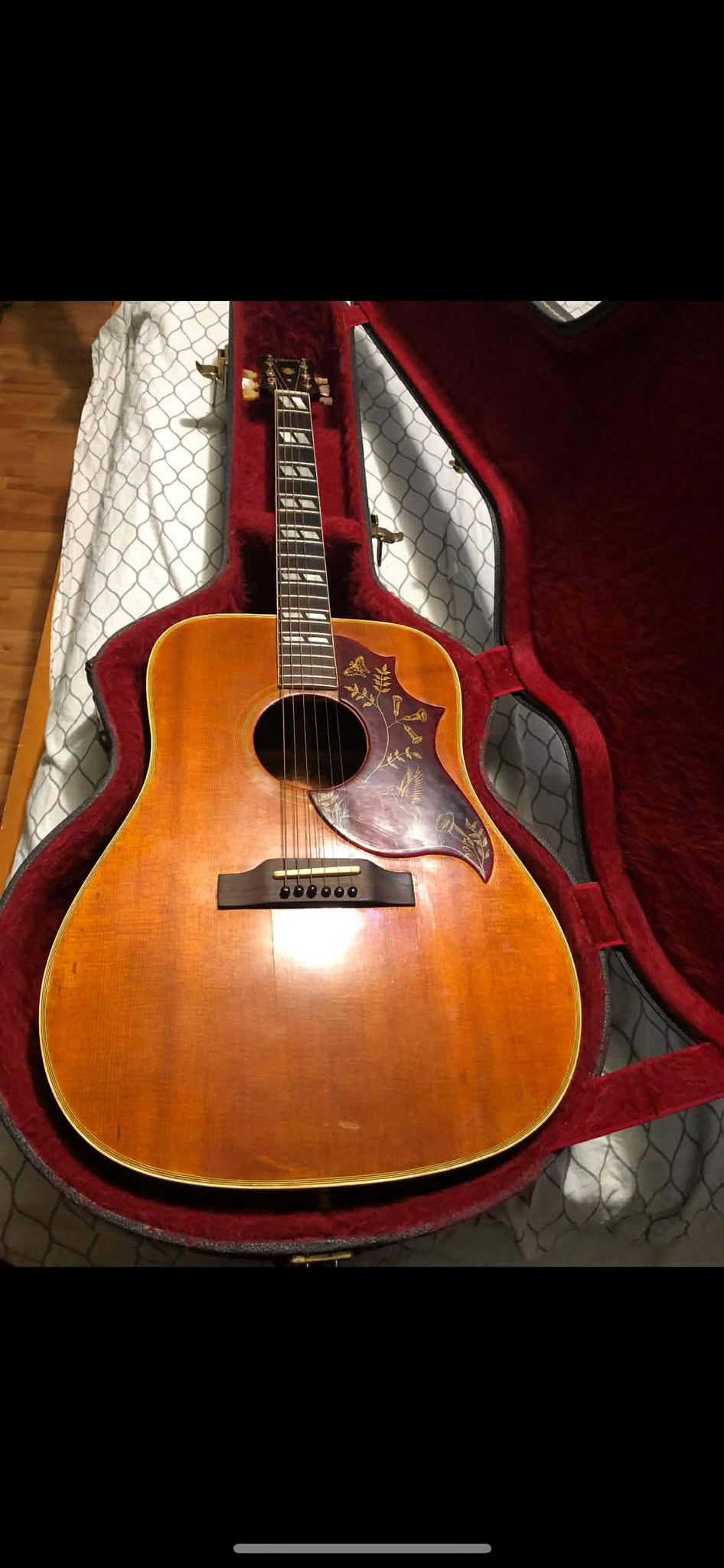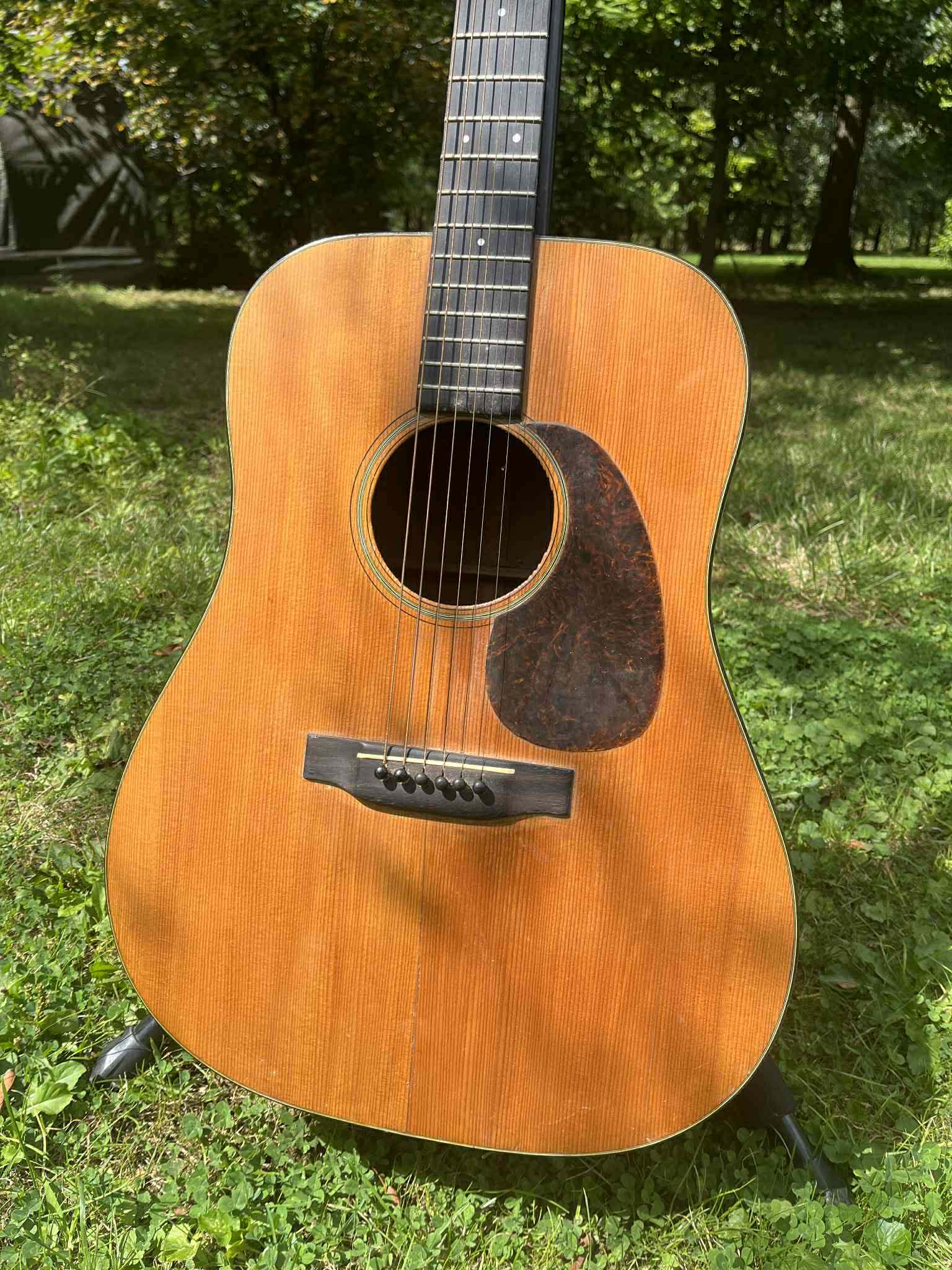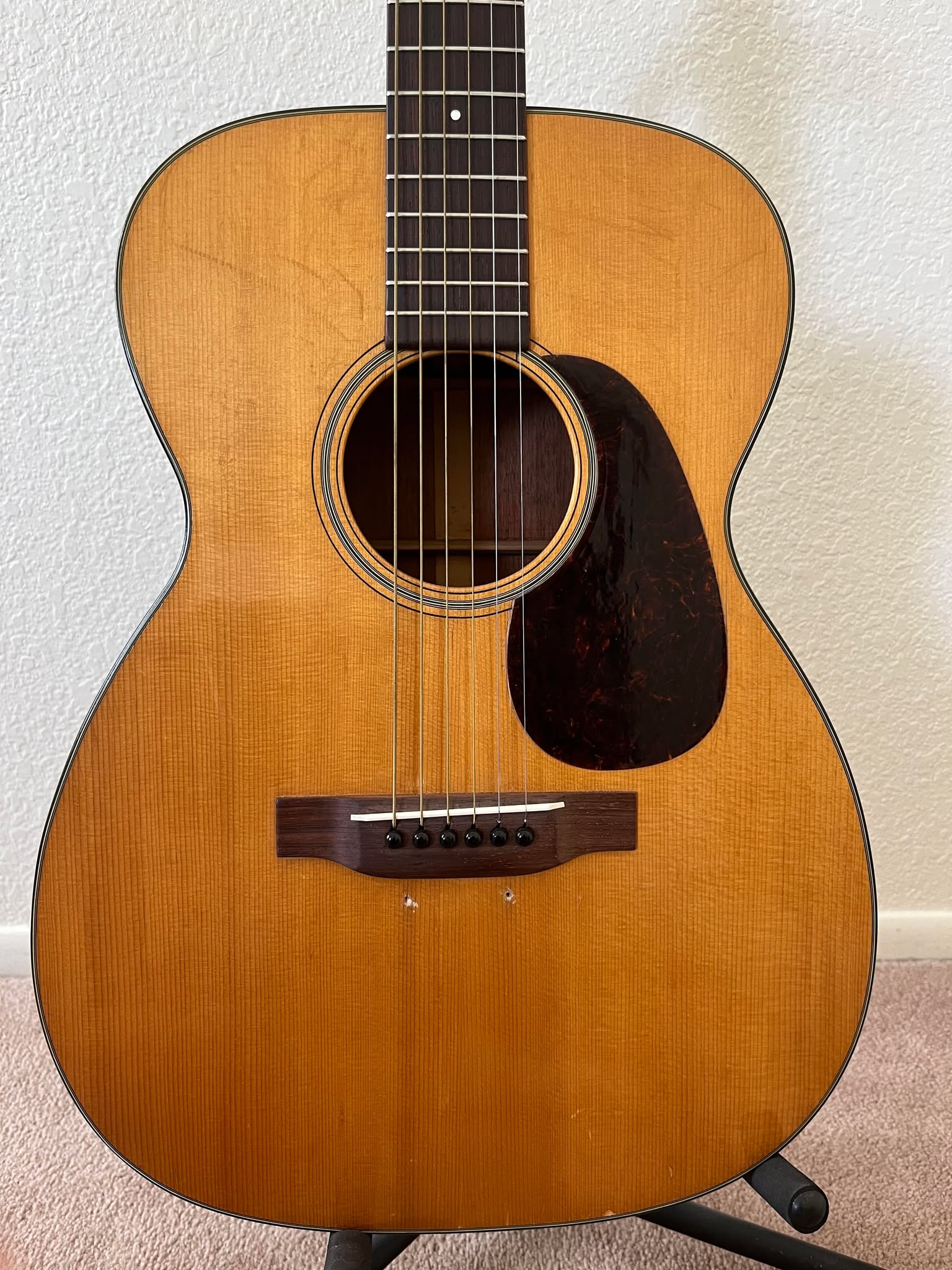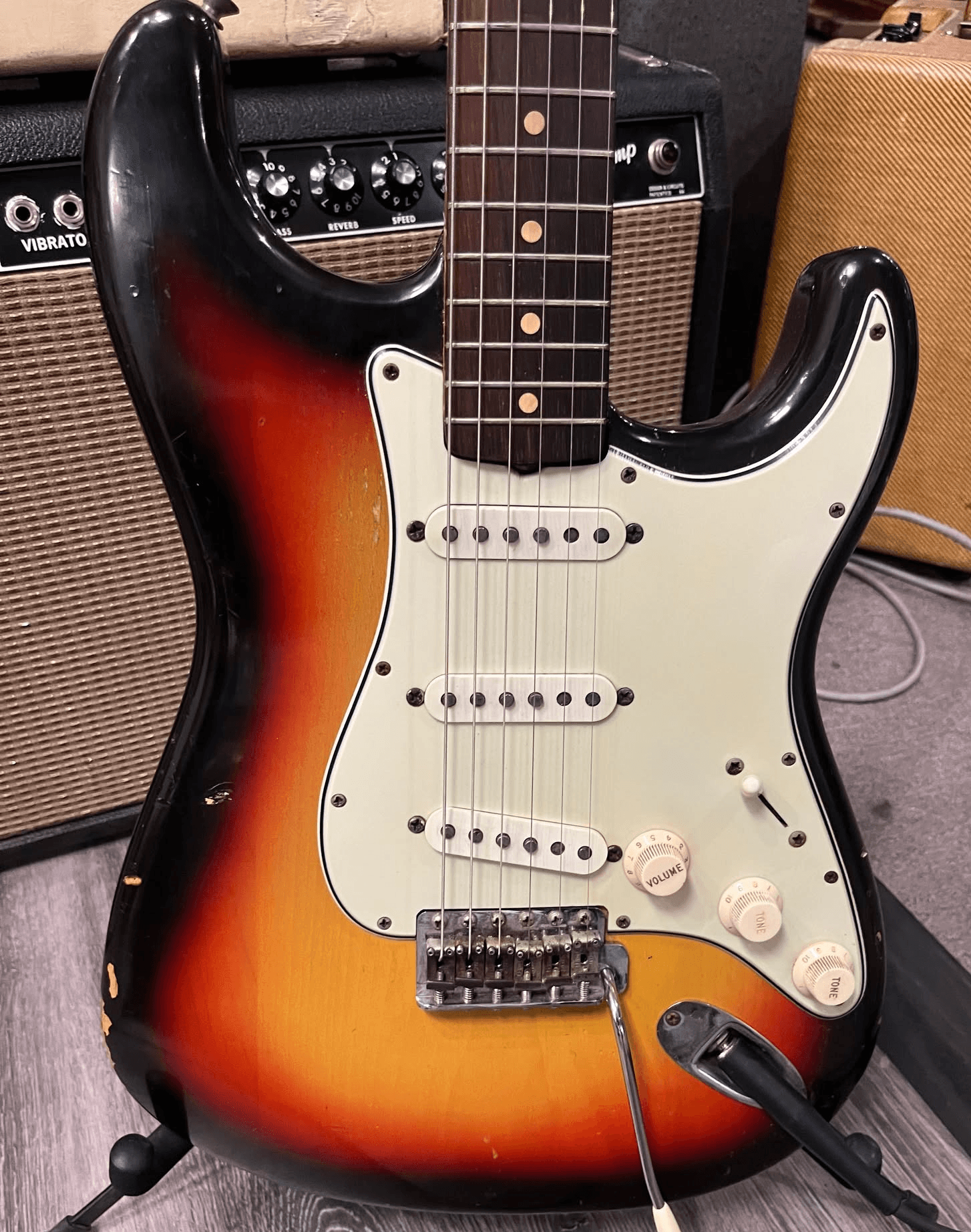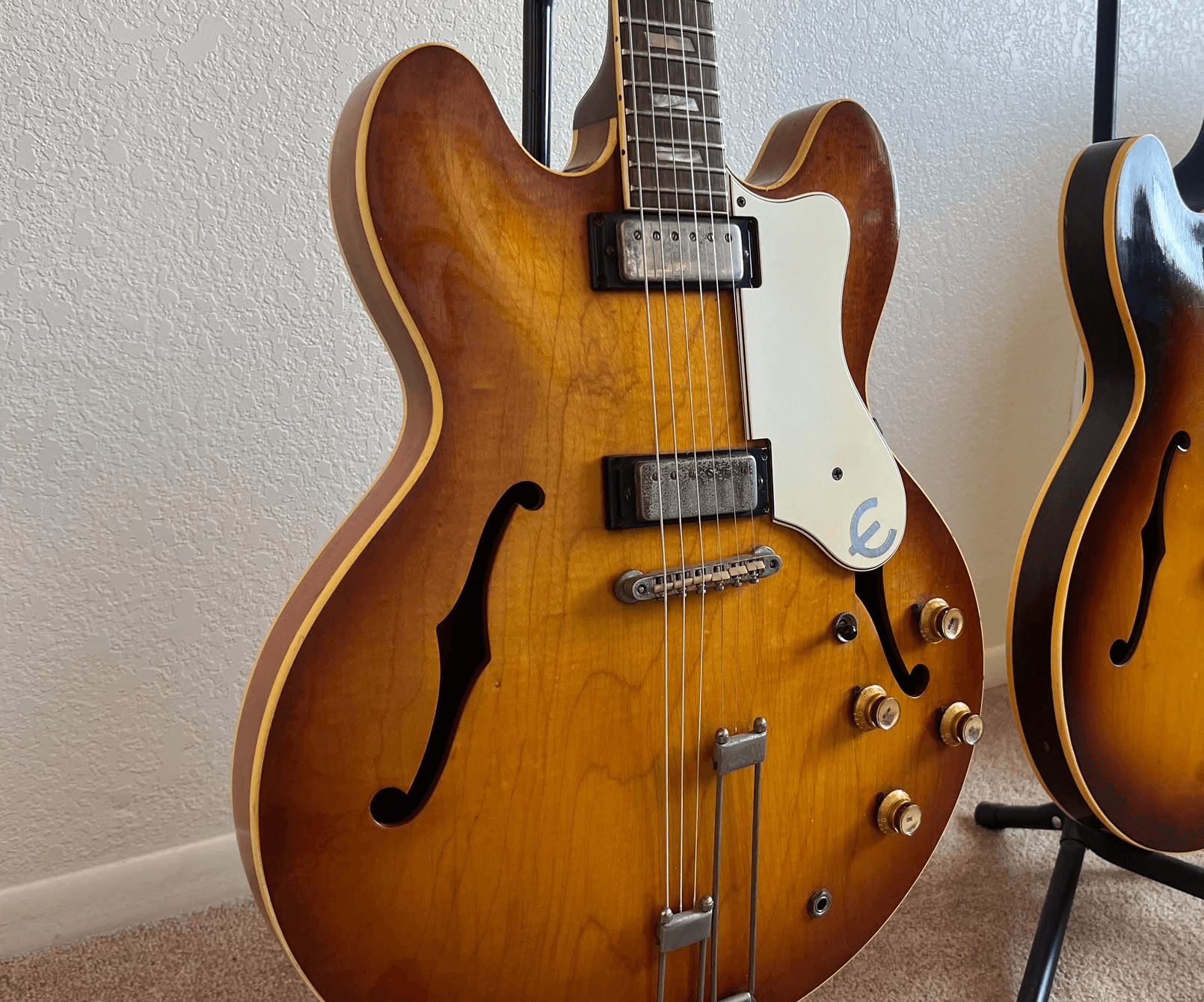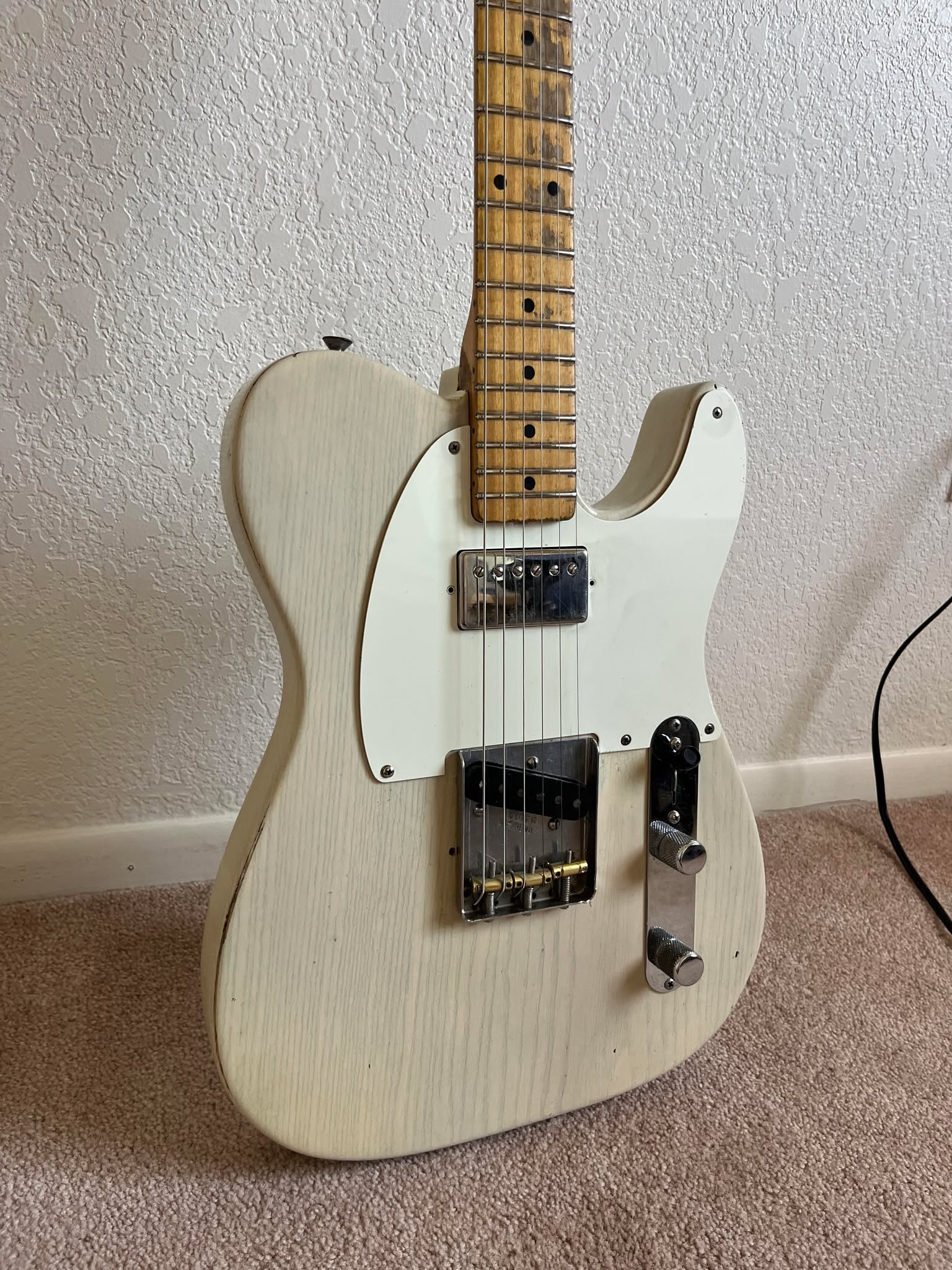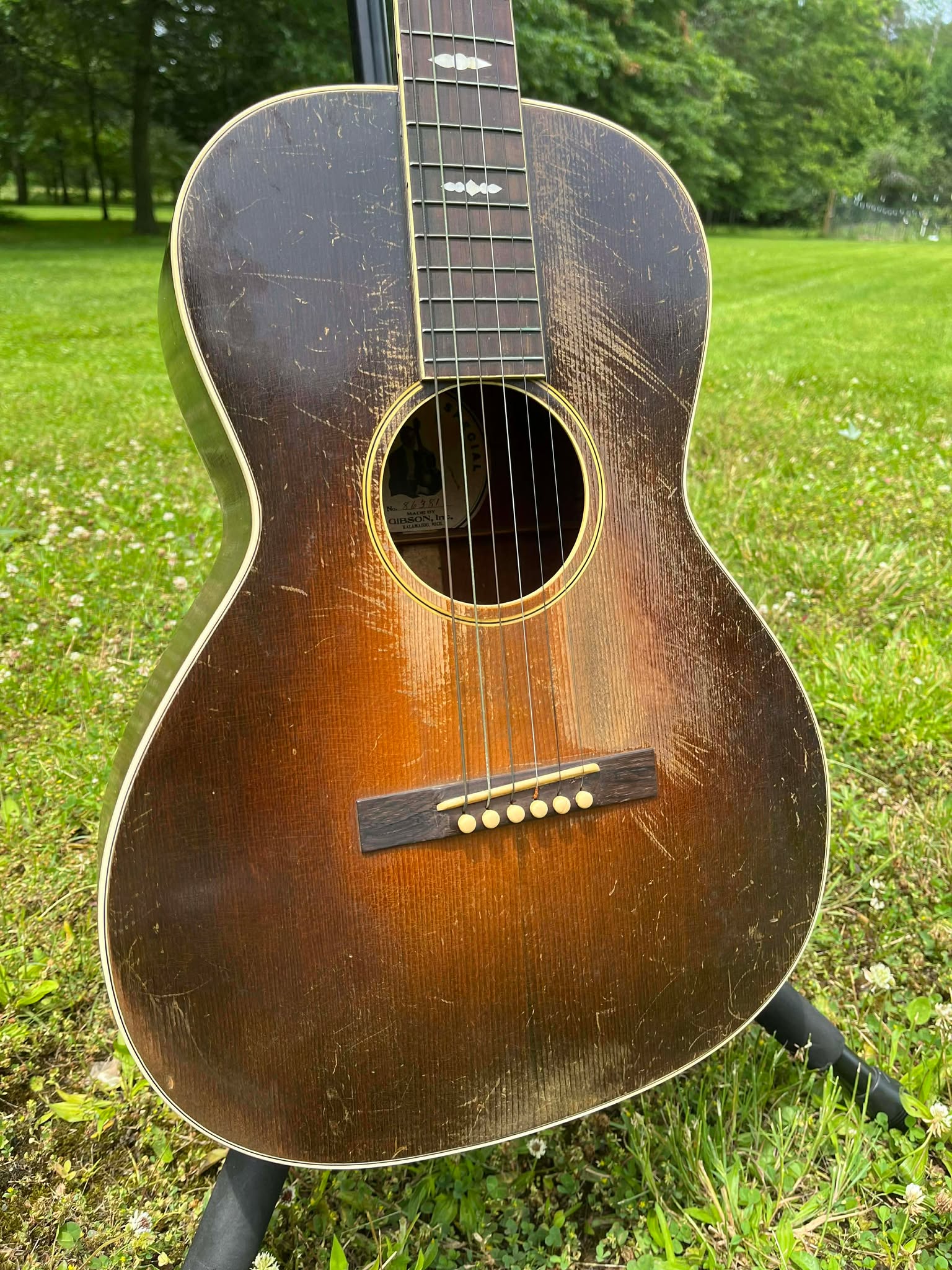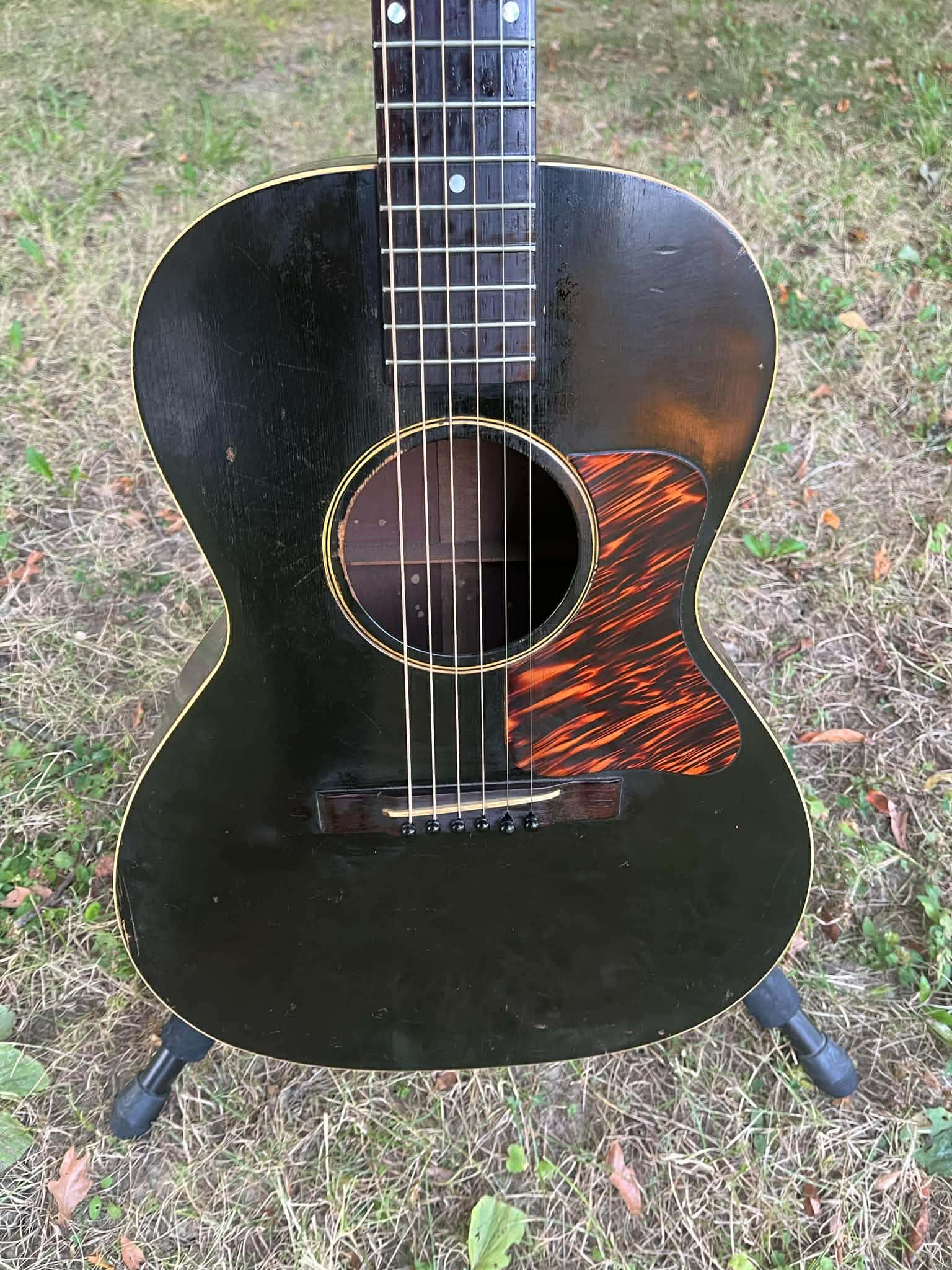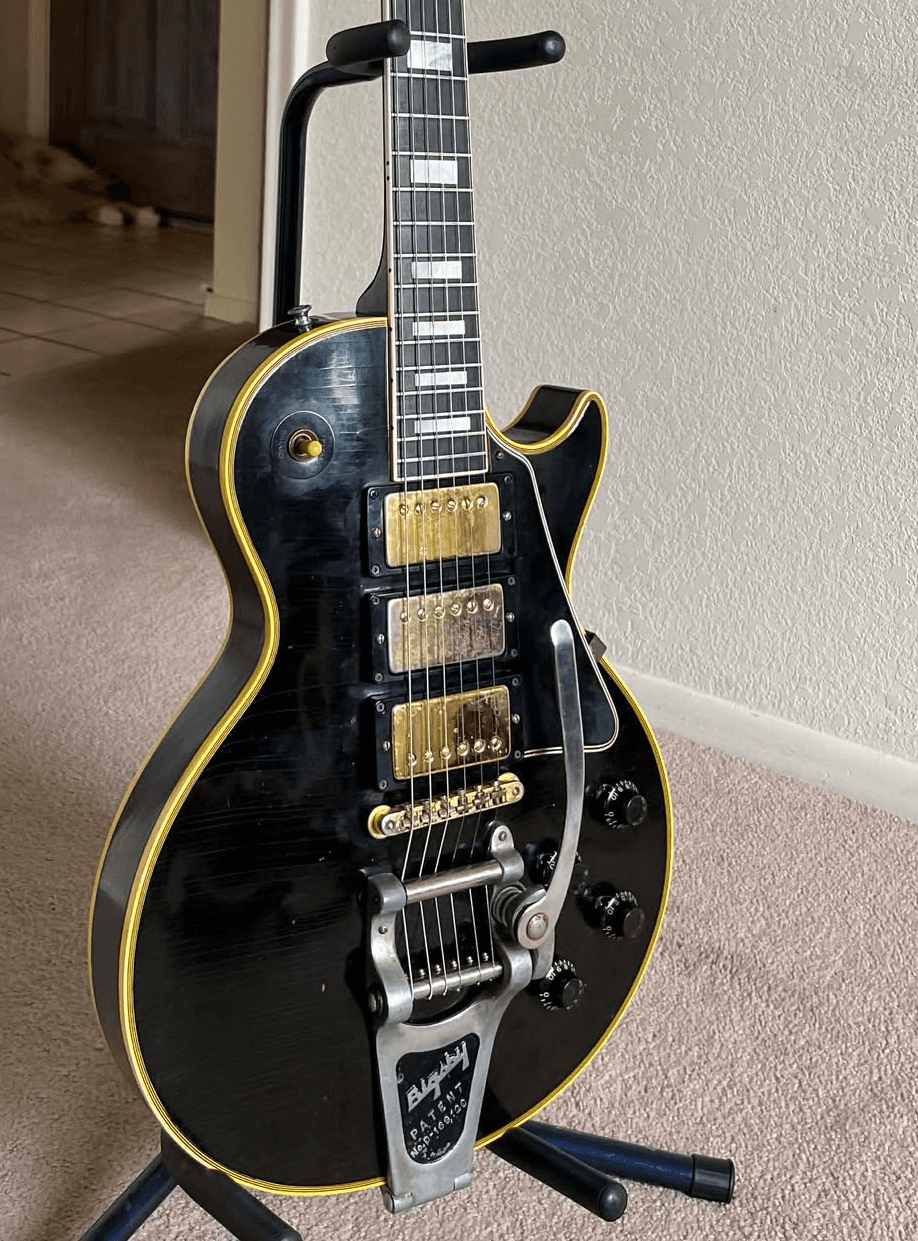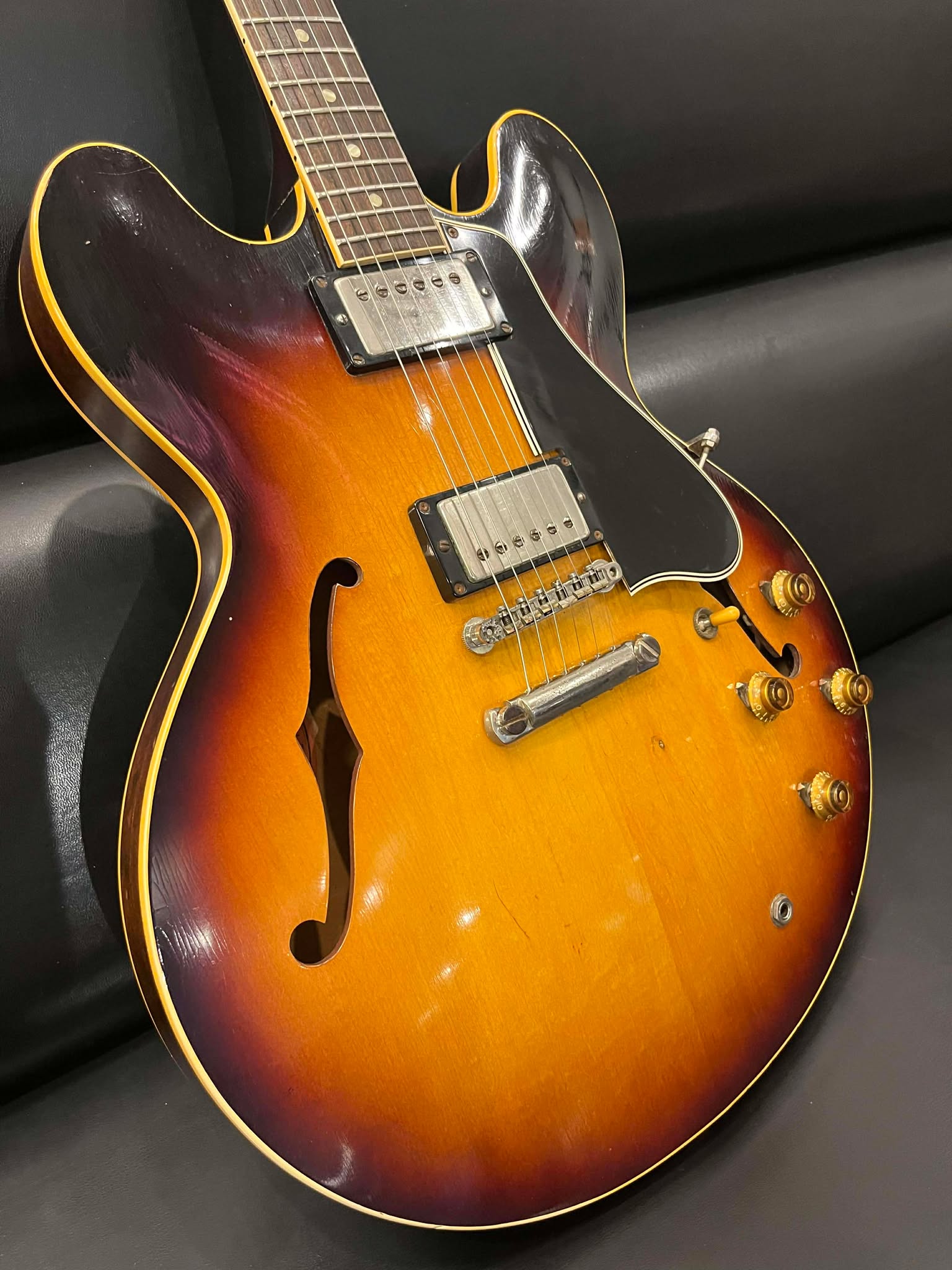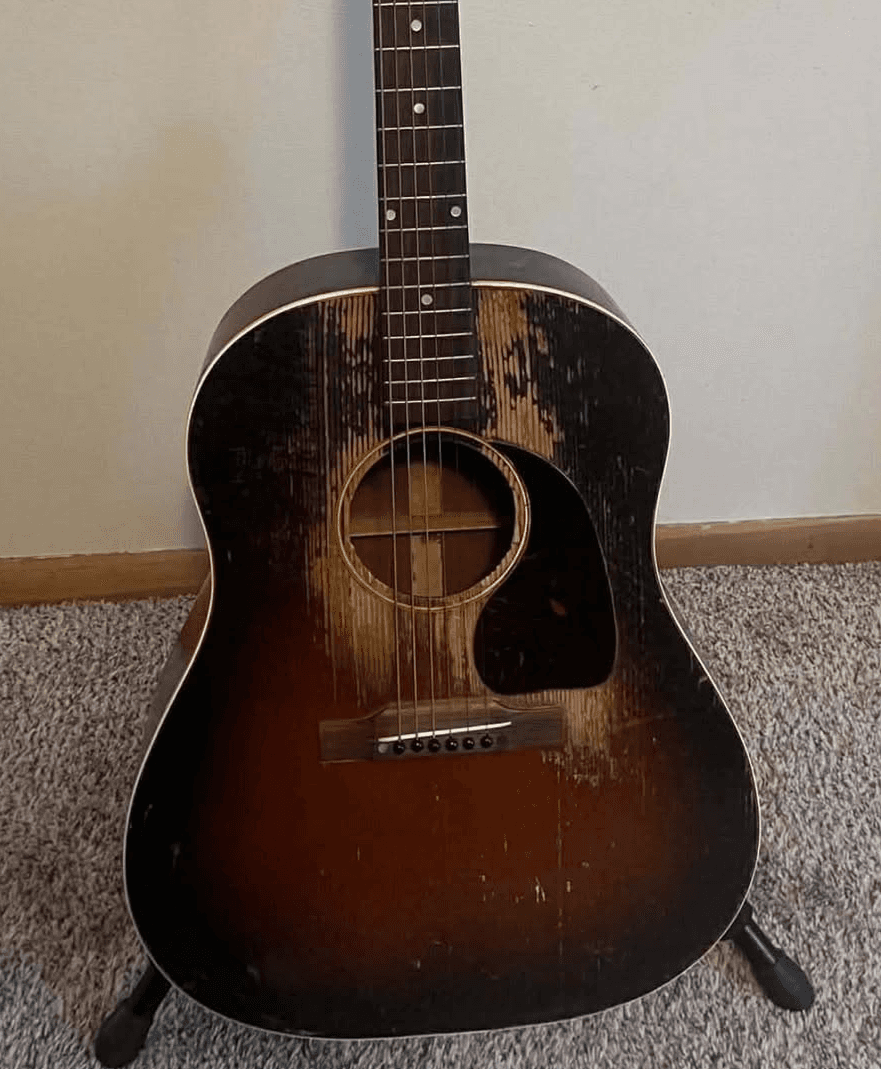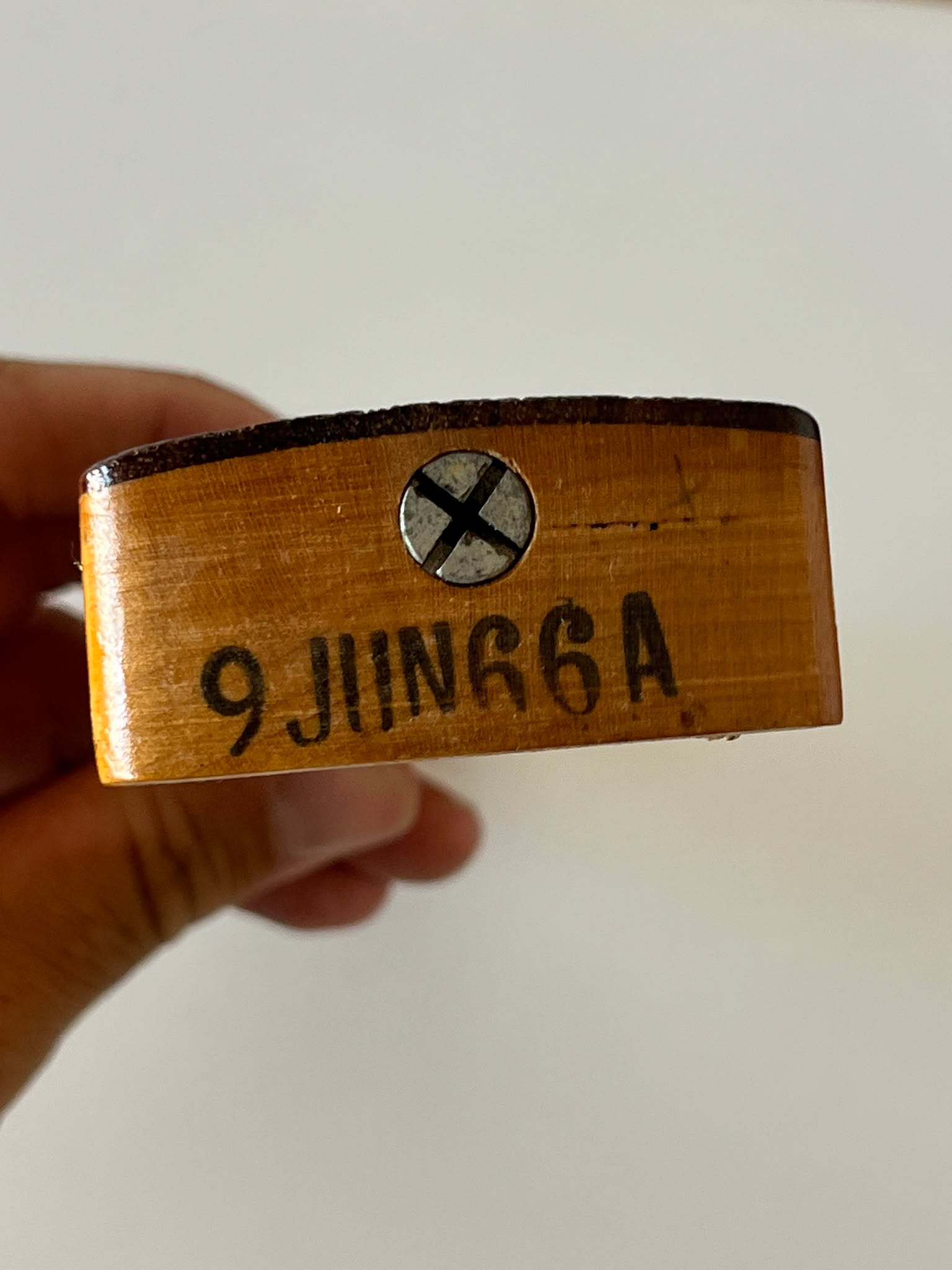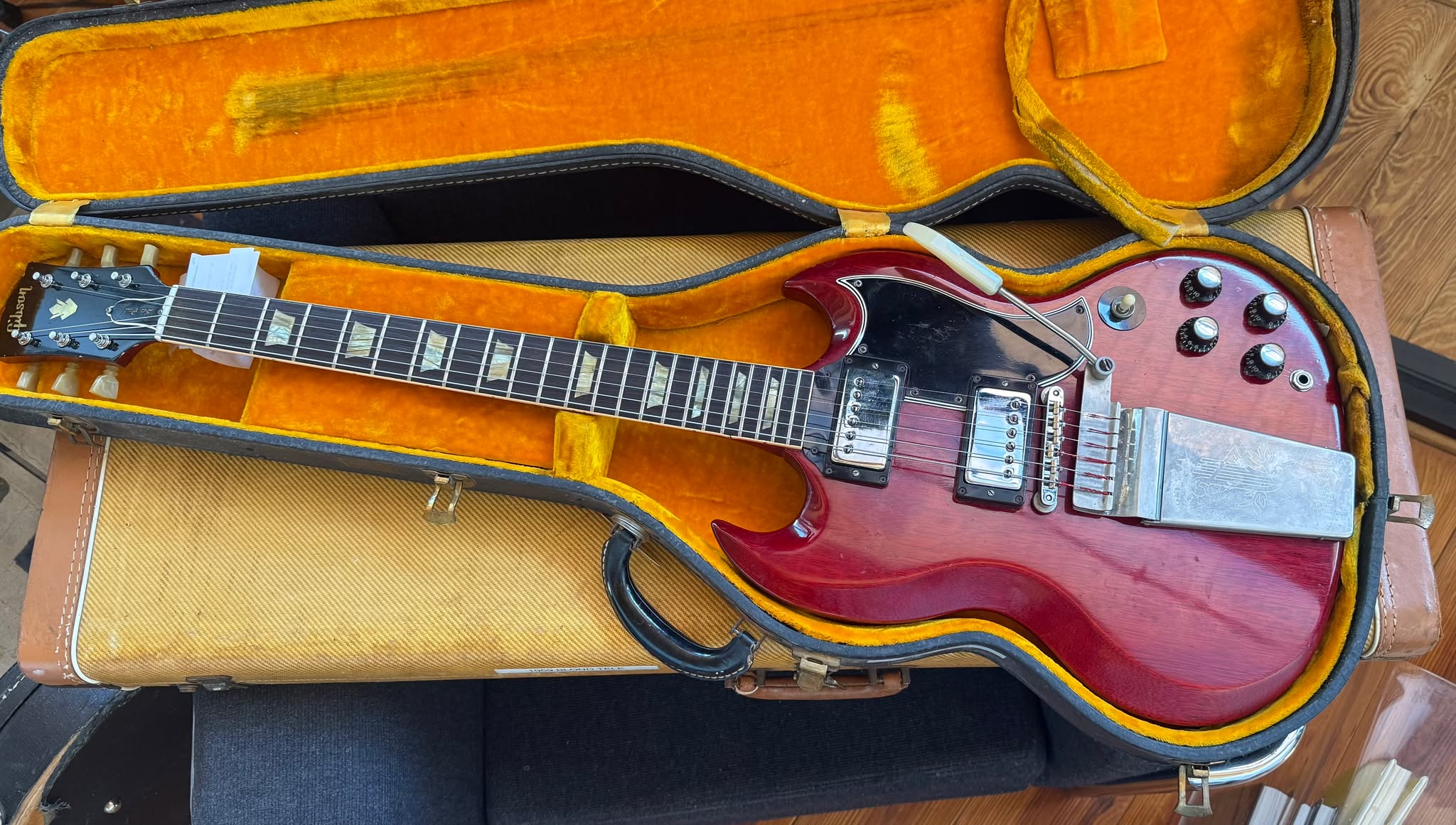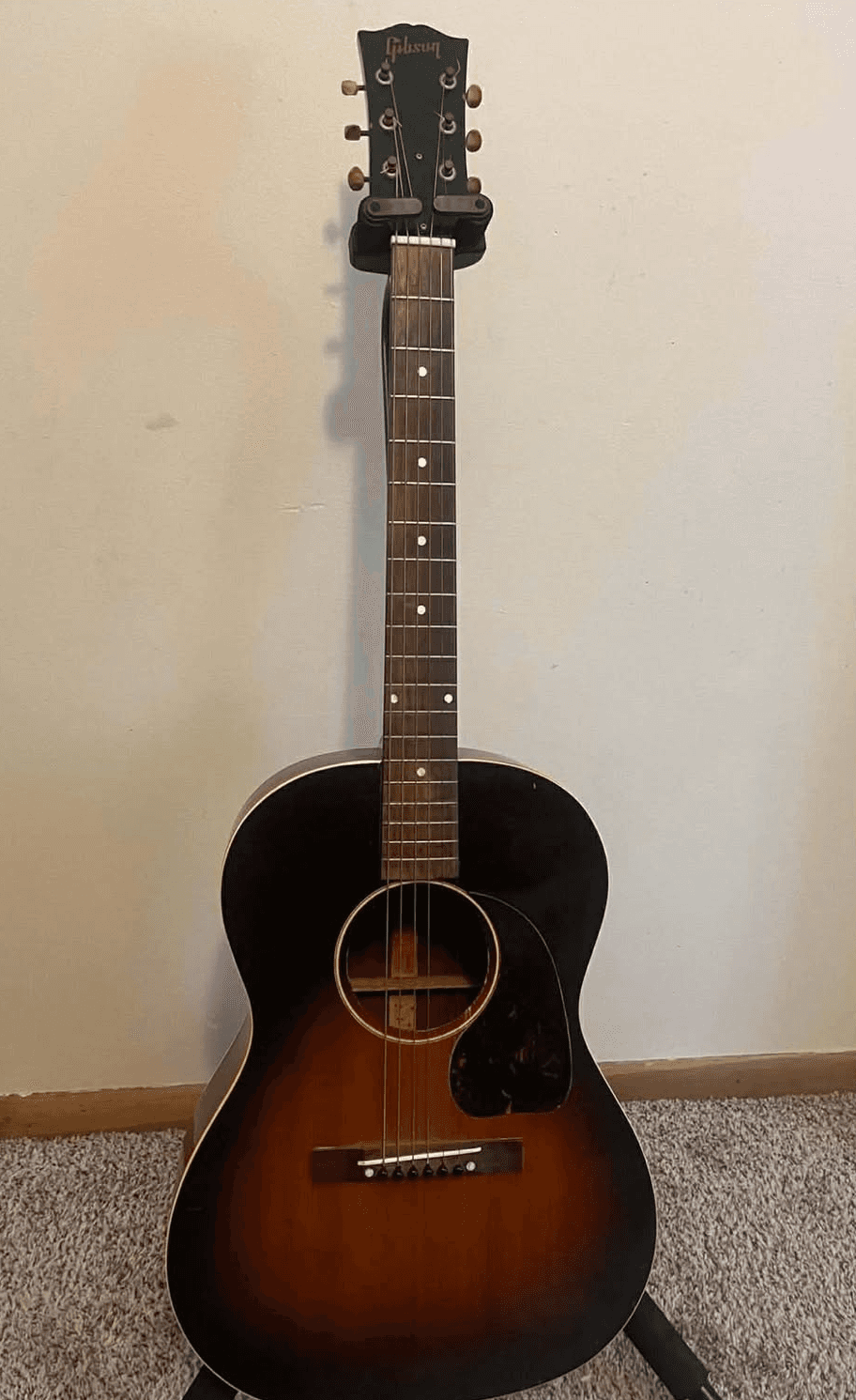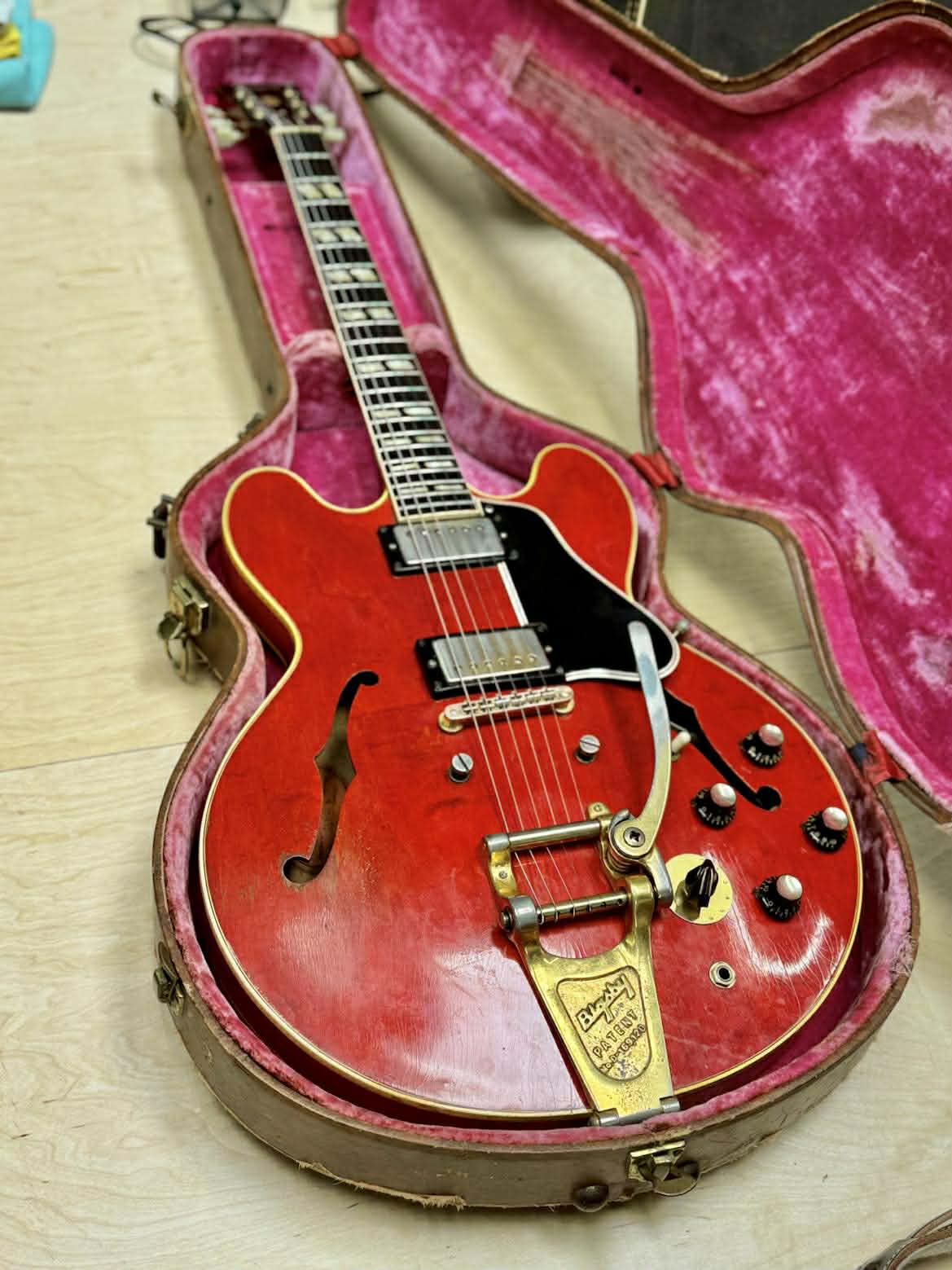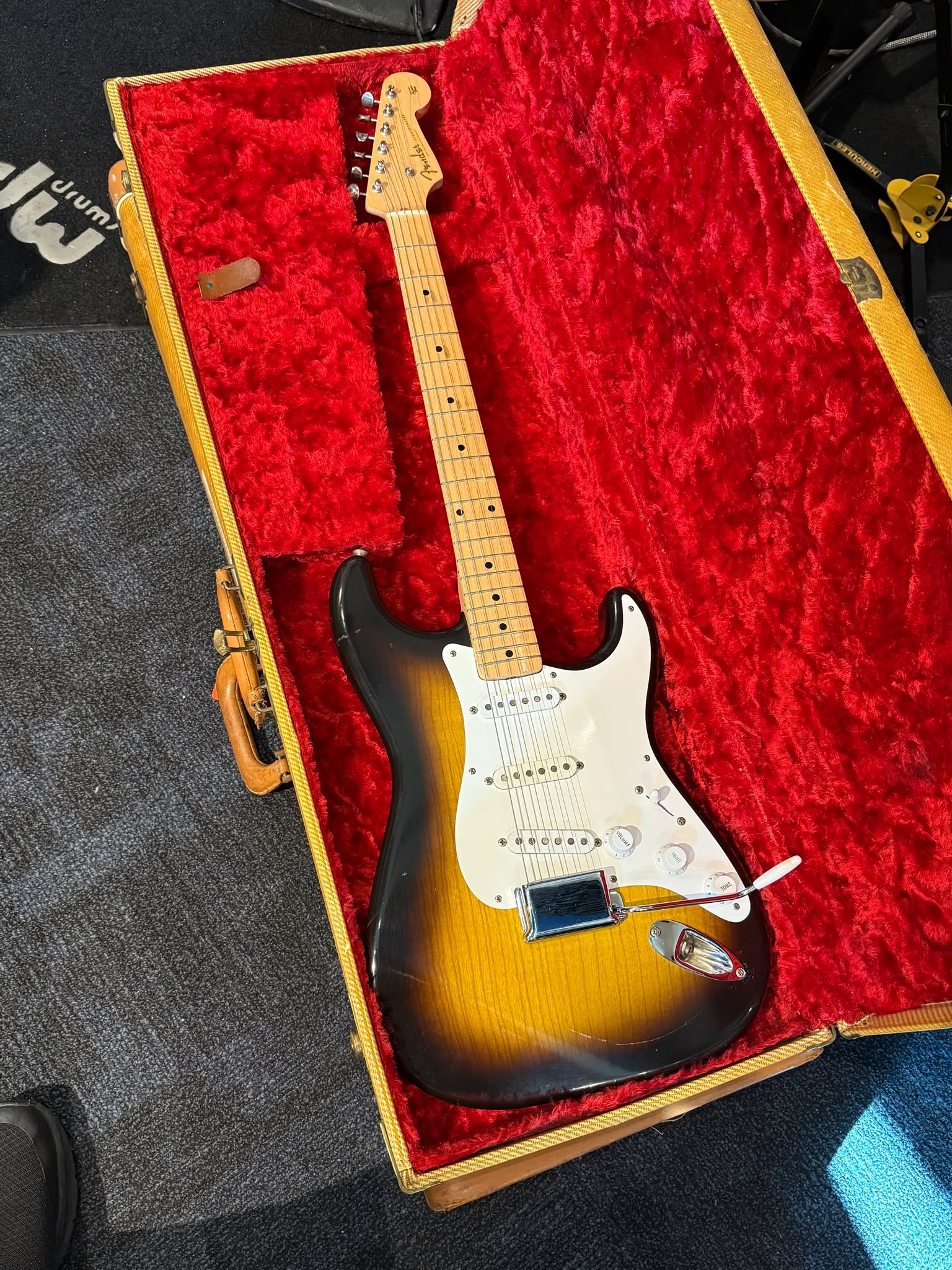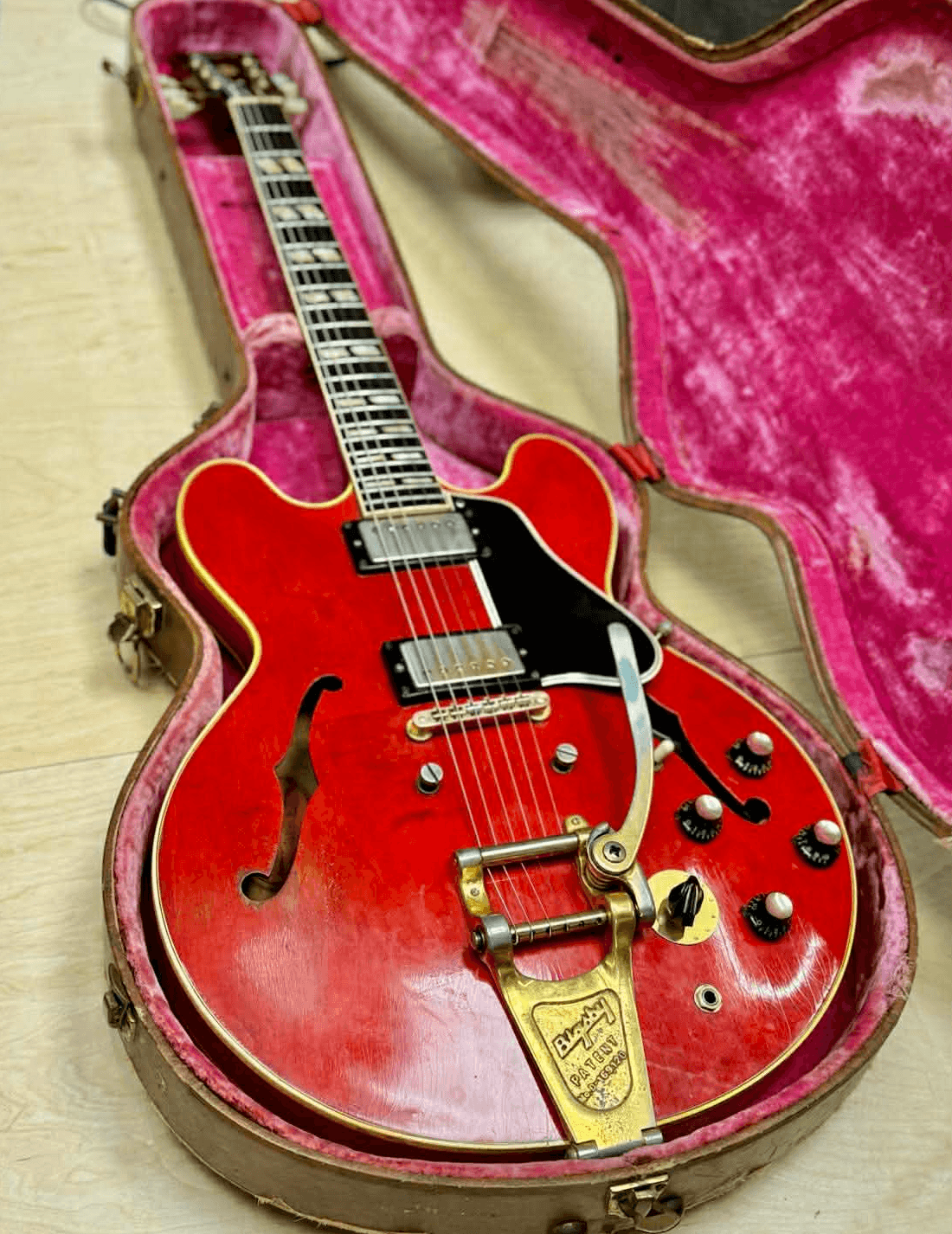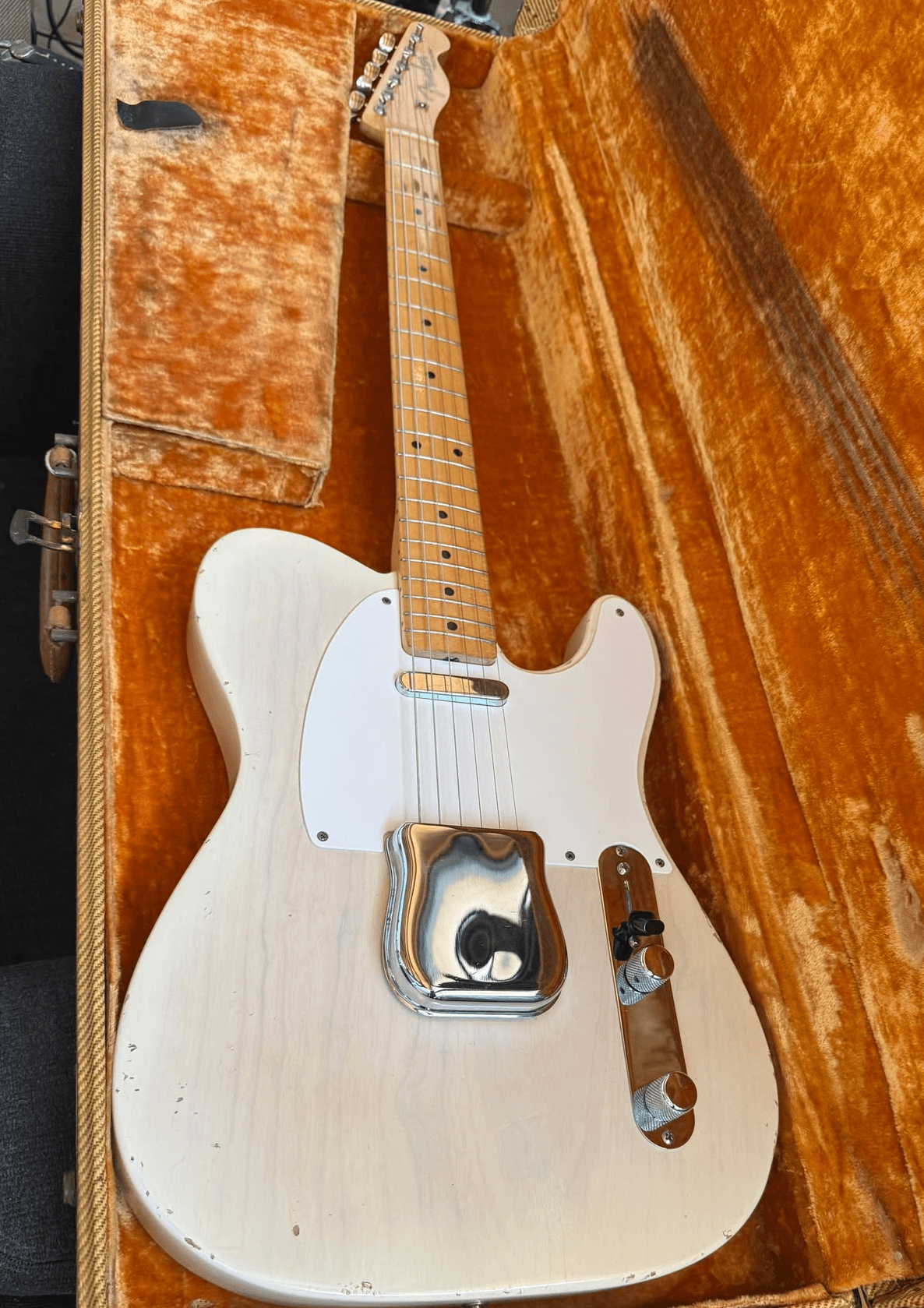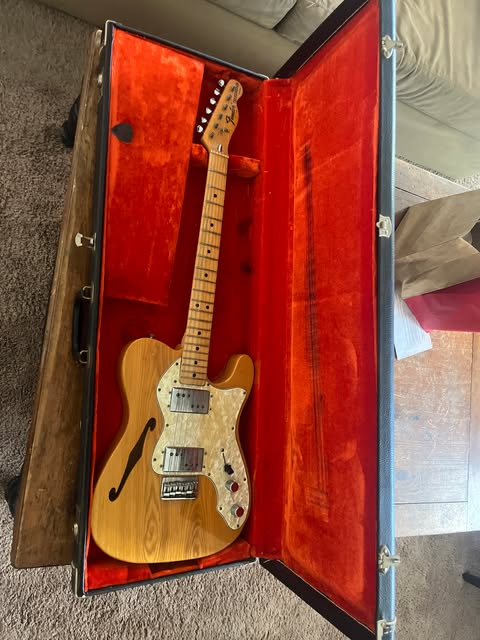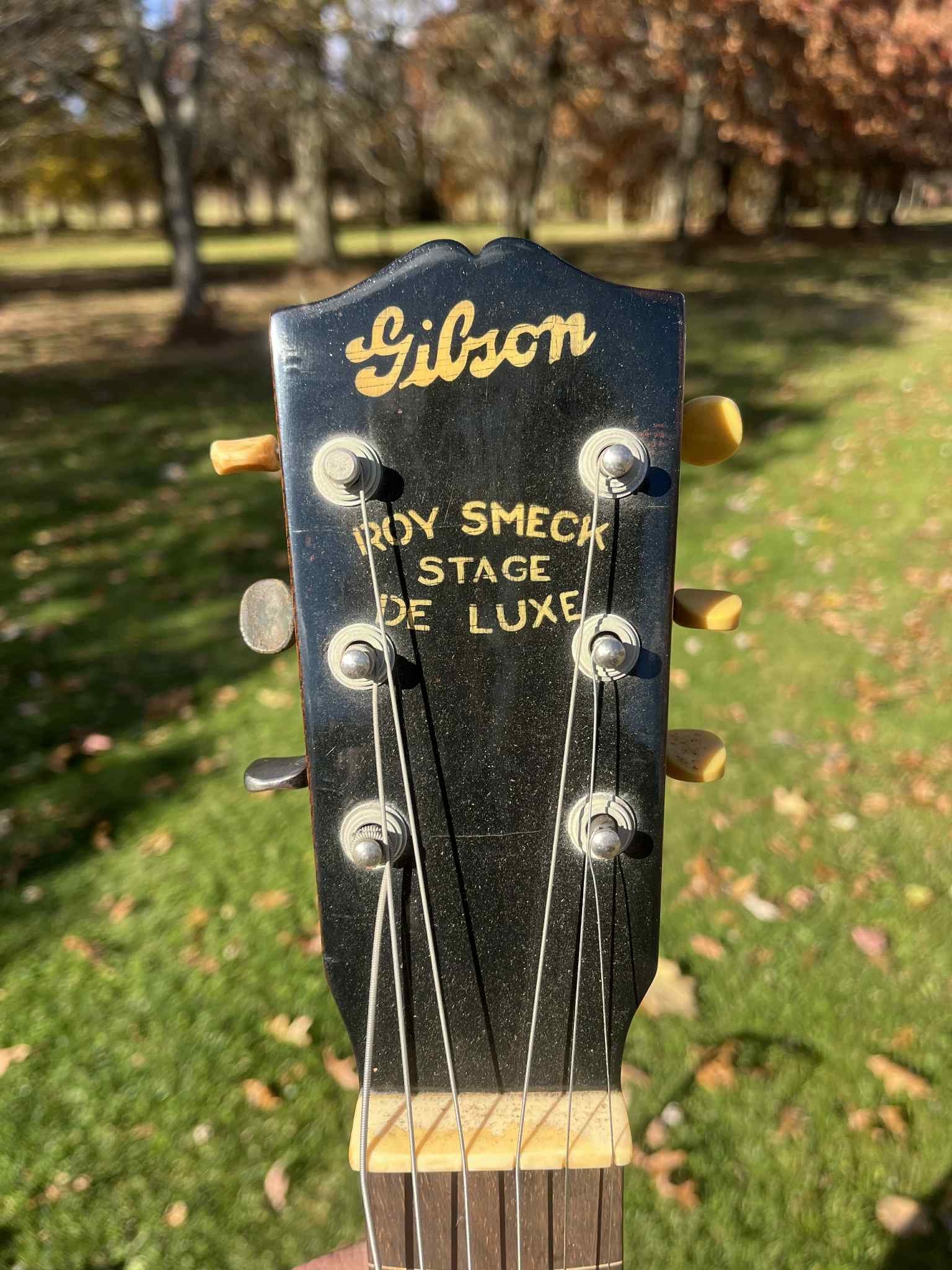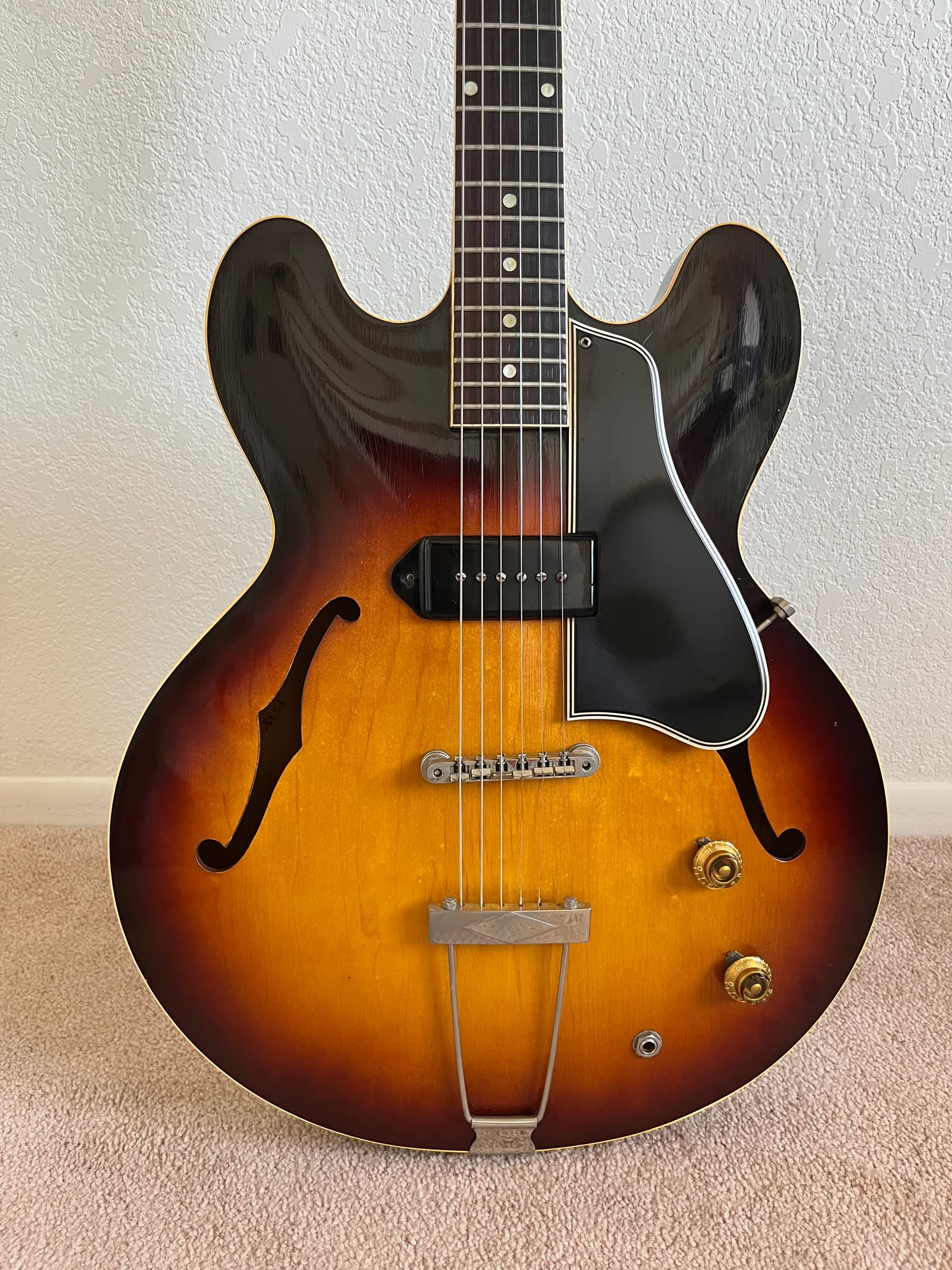DATE :
Monday, March 10, 2025
Tuesday, December 2, 2025
Tuesday, December 23, 2025
Tuesday, December 30, 2025
Friday, December 26, 2025
Thursday, December 25, 2025
Sunday, December 28, 2025
Tuesday, December 30, 2025
Thursday, January 1, 2026
Sunday, December 14, 2025
Monday, December 22, 2025
Saturday, December 20, 2025
Sunday, December 21, 2025
Monday, December 22, 2025
Friday, December 19, 2025
Friday, December 19, 2025
Sunday, December 14, 2025
Friday, December 19, 2025
Wednesday, December 17, 2025
Thursday, December 18, 2025
Thursday, December 18, 2025
Wednesday, December 17, 2025
Tuesday, November 18, 2025
Saturday, November 22, 2025
Saturday, November 15, 2025
Thursday, November 27, 2025
Thursday, December 11, 2025
Thursday, December 18, 2025
Wednesday, December 17, 2025
Wednesday, November 26, 2025
Saturday, November 22, 2025
Thursday, November 20, 2025
Wednesday, November 19, 2025
Tuesday, November 18, 2025
Saturday, November 15, 2025
Wednesday, December 17, 2025
Tuesday, December 16, 2025
Tuesday, December 9, 2025
Tuesday, December 16, 2025
Monday, December 8, 2025
Wednesday, December 10, 2025
Monday, December 15, 2025
Monday, December 15, 2025
Tuesday, December 9, 2025
Friday, December 12, 2025
Saturday, December 13, 2025
Sunday, December 14, 2025
Tuesday, December 9, 2025
Tuesday, November 25, 2025
Friday, November 28, 2025
Monday, December 8, 2025
Monday, December 1, 2025
Tuesday, December 2, 2025
Thursday, December 4, 2025
Thursday, December 4, 2025
Friday, December 5, 2025
Saturday, December 6, 2025
Sunday, December 7, 2025
Monday, December 8, 2025
Saturday, October 4, 2025
Friday, October 3, 2025
Sunday, October 5, 2025
Wednesday, October 7, 2026
Friday, September 19, 2025
Friday, September 19, 2025
Friday, September 19, 2025
Friday, September 19, 2025
Friday, September 19, 2025
Friday, September 19, 2025
Friday, September 19, 2025
Friday, September 19, 2025
Sunday, September 7, 2025
Thursday, January 23, 2025
Wednesday, January 15, 2025
Saturday, January 18, 2025
Saturday, September 6, 2025
Saturday, September 6, 2025
Saturday, September 6, 2025
Thursday, January 30, 2025
Tuesday, February 11, 2025
Wednesday, February 5, 2025
Thursday, September 4, 2025
Friday, February 21, 2025
Wednesday, February 5, 2025
Monday, February 24, 2025
Monday, February 3, 2025
Saturday, August 23, 2025
Sunday, August 24, 2025
Monday, August 25, 2025
Wednesday, August 6, 2025
Friday, August 29, 2025
Thursday, August 28, 2025
Saturday, August 30, 2025
Sunday, August 31, 2025
Monday, September 1, 2025
Tuesday, September 2, 2025
Wednesday, September 3, 2025
Thursday, March 6, 2025
Wednesday, March 12, 2025
Tuesday, March 4, 2025
Friday, August 15, 2025
Saturday, August 23, 2025
Friday, August 22, 2025
Friday, August 15, 2025
Saturday, August 16, 2025
Saturday, August 16, 2025
Monday, August 18, 2025
Tuesday, August 19, 2025
Wednesday, August 20, 2025
Thursday, August 21, 2025
Tuesday, February 25, 2025
Thursday, February 27, 2025
Friday, February 28, 2025
Friday, February 28, 2025
Saturday, March 1, 2025
Saturday, March 1, 2025
Sunday, March 2, 2025
Tuesday, March 4, 2025
Thursday, March 6, 2025
Saturday, March 8, 2025
Wednesday, August 13, 2025
Tuesday, August 12, 2025
Monday, August 11, 2025
Sunday, August 10, 2025
Monday, March 10, 2025
Wednesday, March 12, 2025
Sunday, March 16, 2025
Friday, March 14, 2025
Tuesday, March 18, 2025
Thursday, March 20, 2025
Saturday, March 22, 2025
Friday, March 14, 2025
Tuesday, August 5, 2025
Wednesday, August 6, 2025
Thursday, August 7, 2025
Tuesday, March 25, 2025
Saturday, August 2, 2025
Friday, March 28, 2025
Saturday, August 2, 2025
Thursday, March 27, 2025
Friday, March 28, 2025
Saturday, March 29, 2025
Monday, March 31, 2025
Wednesday, April 2, 2025
Sunday, April 6, 2025
Wednesday, April 9, 2025
Friday, April 11, 2025
Saturday, April 12, 2025
Thursday, April 17, 2025
Wednesday, April 23, 2025
Thursday, July 31, 2025
Monday, April 21, 2025
Saturday, April 26, 2025
Sunday, April 27, 2025
Monday, April 28, 2025
Wednesday, April 30, 2025
Friday, May 2, 2025
Friday, May 2, 2025
Sunday, May 4, 2025
Monday, May 5, 2025
Wednesday, May 7, 2025
Thursday, May 8, 2025
Tuesday, July 29, 2025
Saturday, May 10, 2025
Thursday, May 15, 2025
Sunday, May 18, 2025
Tuesday, July 29, 2025
Tuesday, July 29, 2025
Wednesday, May 21, 2025
Monday, May 26, 2025
Wednesday, May 28, 2025
Friday, May 30, 2025
Monday, June 30, 2025
Sunday, July 6, 2025
Sunday, June 1, 2025
Wednesday, June 4, 2025
Friday, June 13, 2025
Monday, June 23, 2025
Sunday, June 29, 2025
Monday, June 9, 2025
Wednesday, June 11, 2025
Monday, July 28, 2025
Tuesday, June 17, 2025
Sunday, June 15, 2025
Thursday, June 19, 2025
Saturday, June 21, 2025
Wednesday, July 2, 2025
Saturday, June 21, 2025
Monday, July 28, 2025
Sunday, July 27, 2025
Monday, July 28, 2025
Saturday, July 26, 2025
Friday, July 4, 2025
Saturday, July 19, 2025
Monday, July 14, 2025
Thursday, July 10, 2025
Friday, July 25, 2025
Friday, June 27, 2025
Friday, July 4, 2025
Friday, July 25, 2025
Thursday, July 17, 2025
Saturday, July 19, 2025
Friday, July 25, 2025
Wednesday, July 23, 2025
Friday, July 18, 2025
Friday, July 25, 2025
Friday, June 6, 2025
Wednesday, June 4, 2025
Monday, May 26, 2025
Monday, May 19, 2025
Monday, May 12, 2025
Monday, May 5, 2025
Wednesday, April 30, 2025
Monday, April 28, 2025
Wednesday, April 23, 2025
Monday, April 21, 2025
Friday, April 18, 2025
Monday, April 14, 2025
Wednesday, April 16, 2025
Friday, May 2, 2025
Friday, April 25, 2025
Friday, April 18, 2025
Friday, April 11, 2025
Monday, March 31, 2025
Monday, March 31, 2025
Monday, March 31, 2025













